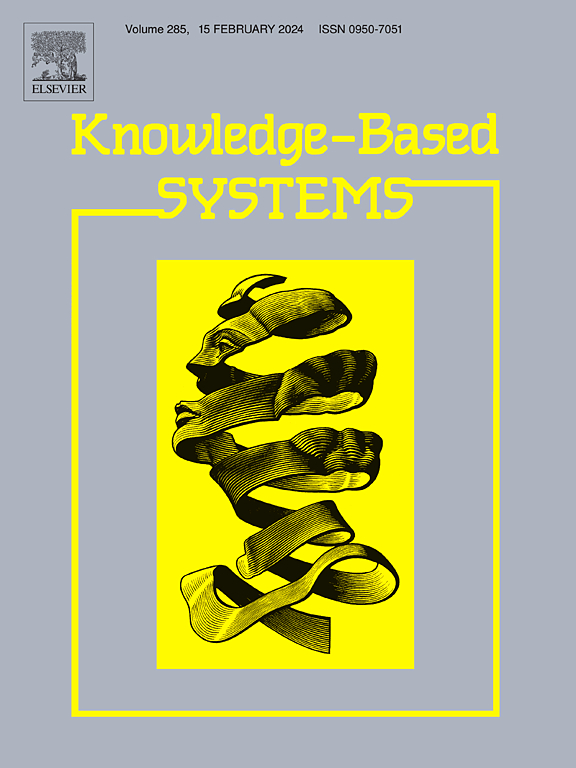FactorVQVAE: Discrete latent factor model via Vector Quantized Variational Autoencoder
IF 7.2
1区 计算机科学
Q1 COMPUTER SCIENCE, ARTIFICIAL INTELLIGENCE
引用次数: 0
Abstract
This study introduces FactorVQVAE, the first integration of the Vector Quantized Variational Autoencoder (VQVAE) into factor modeling, providing a novel framework for predicting cross-sectional stock returns and constructing systematic investment portfolios. The model employs a two-stage architecture to improve the extraction and utilization of latent financial factors. In the first stage, an encoder–decoder-quantizer compresses high-dimensional input data into discrete latent factors through vector quantization, addressing posterior collapse and ensuring distinct representations. In the second stage, an autoregressive Transformer captures sequential dependencies among these latent factors, enabling precise return predictions. Empirical results in the CSI300 and S&P500 markets demonstrate FactorVQVAE’s superior performance. The model achieves the best Rank IC and Rank ICIR scores, surpassing the state-of-the-art latent factor models in varying market conditions. In portfolio evaluations, FactorVQVAE consistently excels in both Top- Drop- and Long–Short strategies, translating predictive accuracy into robust investment performance. In particular, it delivers the highest risk-adjusted returns, highlighting its ability to balance returns and risks effectively. These findings position FactorVQVAE as a significant advancement in integrating modern deep learning methodologies with financial factor modeling. Its adaptability, robustness, and exceptional performance in portfolio investment establish it as a promising tool for systematic investing and financial analytics.

求助全文
约1分钟内获得全文
求助全文
来源期刊

Knowledge-Based Systems
工程技术-计算机:人工智能
CiteScore
14.80
自引率
12.50%
发文量
1245
审稿时长
7.8 months
期刊介绍:
Knowledge-Based Systems, an international and interdisciplinary journal in artificial intelligence, publishes original, innovative, and creative research results in the field. It focuses on knowledge-based and other artificial intelligence techniques-based systems. The journal aims to support human prediction and decision-making through data science and computation techniques, provide a balanced coverage of theory and practical study, and encourage the development and implementation of knowledge-based intelligence models, methods, systems, and software tools. Applications in business, government, education, engineering, and healthcare are emphasized.
 求助内容:
求助内容: 应助结果提醒方式:
应助结果提醒方式:


